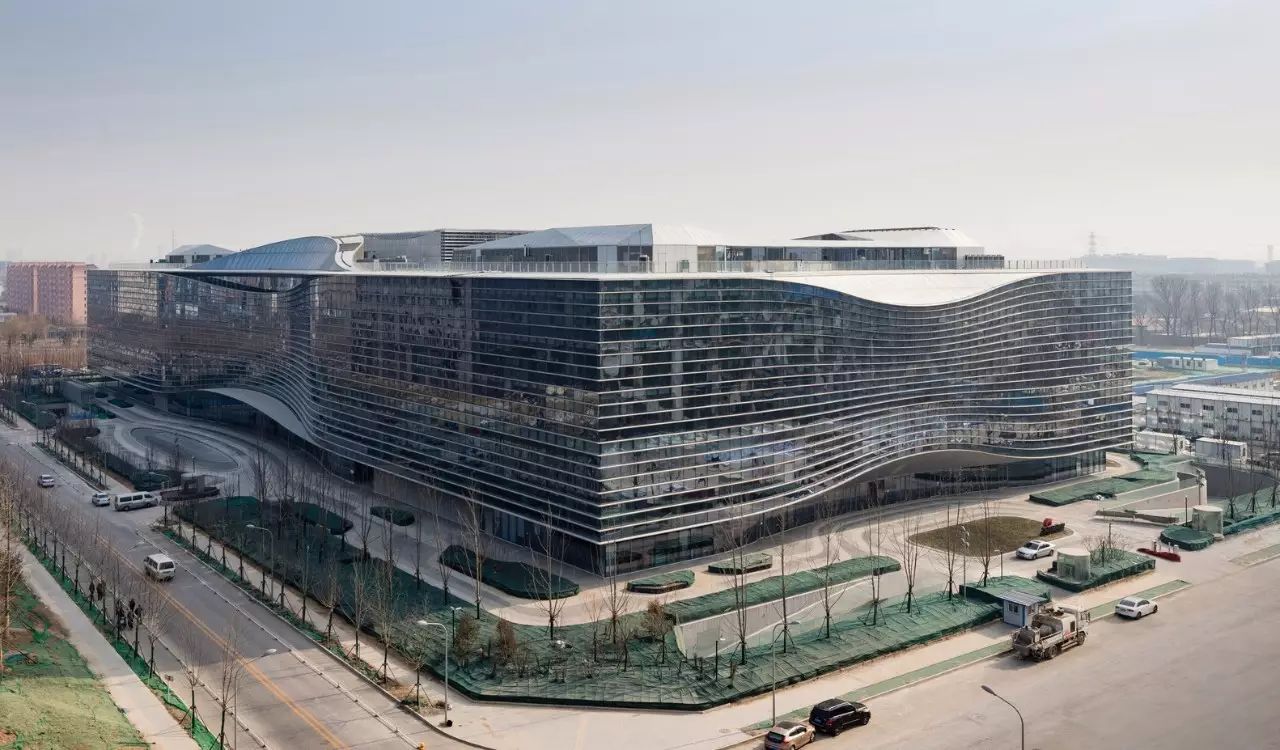成都雷诺氏症状如何治疗-【成都川蜀血管病医院】,成都川蜀血管病医院,成都看静脉扩张需要多少钱,成都治疗下肢静脉曲张得多少钱,成都下肢动脉硬化到哪家医院治疗比较好,成都治疗前列腺肥大的价格,治疗老烂腿到成都哪家医院?,成都腿部淋巴水肿

JEJU, ROK, April 4 (Xinhua) -- Li Changchun, a senior official of the Communist Party of China (CPC), unveiled a new Confucius Institute here Saturday soon after his arrival. Li, a member of the Standing Committee of the Political Bureau of the CPC Central Committee, cut the ribbon for the Republic of Korea's 13th Confucius Institute, the Chinese-teaching institution overseas. The institute was set up in Cheju Halla College, the largest private institute of high learning in Jeju Special-Governing Province of the Republic of Korea (ROK). When addressing the opening ceremony, Li said that China and ROK were inter-linked geographically and culturally. "The cultural exchanges boast profound historic foundation and favorable realistic environment," he said. Li Changchun (L2), a member of the Standing Committee of the Political Bureau of the Communist Party of China (CPC) Central Committee, unveils the Confucius Institute set up in Cheju Halla College, in Jeju, the Republic of Korea (ROK), April 4, 2009During the past centuries, the peoples of China and ROK learn from each other, thus contributing to the development of the colorful culture in East Asia, Li said. "With concerted efforts made by both, I believe that the cultural exchanges between our two countries will see even more vigorous growth, making active contribution to the development of China-ROK strategic and cooperative relations," he said. Jeju is known for its natural scenery and become a major tourist destination for Chinese travelers. "I think the new Confucius Institute can surely add a new human landmark to the beautiful natural vista in Jeju," he said. Li also donated a batch of Chinese language teaching textbooks, books on Chinese history and culture and some audio-video materials to the institute. The world's first Confucius Institute was launched in Seoul, capital of the ROK, in December 2004. By March 2009, some 256 Confucius Institutes and 58 Confucius Classrooms were set up in 81countries and regions worldwide. Li arrived in Jeju earlier Saturday. ROK is the last leg of Li's four-nation tour which has already taken him to Australia, Myanmar and Japan.
PYONGYANG, April 13 (Xinhua) -- Li Jinhua, vice chairman of the Chinese People's Political Consultative Conference (CPPCC), on Monday met with Kim Wan Su, director of the secretariat of the Central Committee of the Democratic Front for the Reunification of the Fatherland (CCDFRF) of the Democratic People's Republic of Korea (DPRK). Li, who is heading a CPPCC delegation on a visit to the DPRK, said at the meeting that this year marks the 60th anniversary of the establishment of diplomatic ties between the two countries, and the visit was also one of the major events of the China-DPRK friendship year. Li Jinhua (L), vice chairman of the National Committee of the Chinese People's Political Consultative Conference (CPPCC), meets with Kim Wan Su, chief of the Secretariat of the Central Committee of the Democratic Front for the Reunification of the Fatherland of the Democratic People's Republic of Korea (DPRK) in Pyongyang, capital of DPRK, April 13, 2009.The visit came just after the end of the first session of the 12th Supreme People's Assembly of the DPRK. On behalf of the CPPCC, Li congratulated on Kim Jong Il's reelection as chairman of the DPRK's National Defense Commission. Kim Wan Su said DPRK-China friendship has had deep historical groundwork, and the recent years have witnessed further development of DPRK-China friendship. The CCDFRF would like to further improve exchanges and cooperation with the CPPCC and make greater contributions to the friendship of the two countries, he said.

BEIJING, March 7 (Xinhua) -- Another Chinese delegation of businesses and industry leaders, led by the Ministry of Commerce (MOC), left for four European countries Saturday for investment and economic cooperation, the MOC said. The business delegation, following purchases totaled more than 10 billion U.S. dollars in Europe by a Chinese procurement delegation in late February, are heading for the same destinations of Germany, Switzerland, Spain and Britain. The new delegation will explore investment opportunities on areas of automobile, machinery, textile, food, electronics and technologies relating to energy saving and environment protection. An MOC official said "the move would further strengthen cooperation between Chin and Europe and create a win-win result in tackling the global economic downturn." The delegation are composed of more than 20 top Chinese companies, as well as several national trade associations and government officials.
BEIJING, April 15 (Xinhua) -- China, the world's biggest manufacturer of electronics and information technology (IT) products, said Wednesday it will boost the industry's development to create more than 1.5 million new jobs in three years. The electronics and IT sector is expected to contribute at least 0.7 percentage points to China's annual gross domestic product (GDP) growth from 2009 to 2011, compared with 0.8 percentage points last year, according to a document approved by the State Council and published on the government Web site. That will provide new jobs for nearly 1 million college graduates, which are included in the total 1.5 million targeted vacancies, said the document. China's electronics and IT products sales surged at an average annual rate of 28 percent from 2001 to 2007, but slowed sharply to 12.5 percent last year amid the economic downturn. Sales in 2008 totaled 6.3 trillion yuan (920 billion U.S. dollars), with exports reaching 521.8 billion U.S. dollars, or 36.5 percent of the country's total export value. The government announced a support plan for the industry in February. The Wednesday document made clear details of the plan. The government will boost the industry by increasing state investment, credit support and export tax rebates, said the document. It also pledged to expand the domestic market for the industry and encourage innovation and restructuring. In the next three years, the country aims to achieve technological breakthroughs in strategic domains of the industry such as integrate circuits, new-type displays and software, according to the document. For instance, revenues from software and information service sectors will take up 15 percent of the industry's total, up from the current 12 percent. In addition, fresh growth will be cultivated in such fields as digital TVs and the new generation of mobile communications and Internet. The government said it will vigorously promote the overseas commercial use of its domestically-developed TD-SCDMA standard for the high-speed third-generation mobile communications.
BEIJING, March 10 (Xinhua) -- Lhasa is stable, and troops there are in normal state, said Qiangba Puncog, chairman of the Tibet regional government, on Tuesday. "I was told in a phone talk with Lhasa in the noon that the whole city is stable and troops are in normal state as usual," he said in Beijing after a plenary meeting of the National People's Congress. He told Xinhua that he absolutely agrees with President Hu Jintao's remarks on Monday when Hu called for a "Great Wall of stability in Tibet." "It (Hu's call) is a good and long-term consideration," said Qiangba Puncog. On March 10, 1959, an armed rebellion was staged by the upper ruling class in Tibet in an attempt to preserve the old serfdom. The rebellion was quickly foiled by the People's Liberation Army, and the central government then decided to begin a democratic reform which put an end to serfdom and the theocratic regime. Qiangba Puncog said that the ** Lama and his secessionists clique have kept on smearing the central government and the Tibetan regional government over the past 50 years, but time and facts would prove what they said are nothing but purely lies. "They always lie that more than 1 million Tibetans had been killed in the past 50 years, but the truth is that the population in Tibet increased from 1.2 million in 1959 to 2.87 million in 2008," he said, adding Tibetans and people from other ethnic minorities now account for more than 95 percent of the population in the autonomous region. "The fabrication of the so-called 'genocide' in Tibet has become a stock-in-trade for them to cheat the world," he said.
来源:资阳报